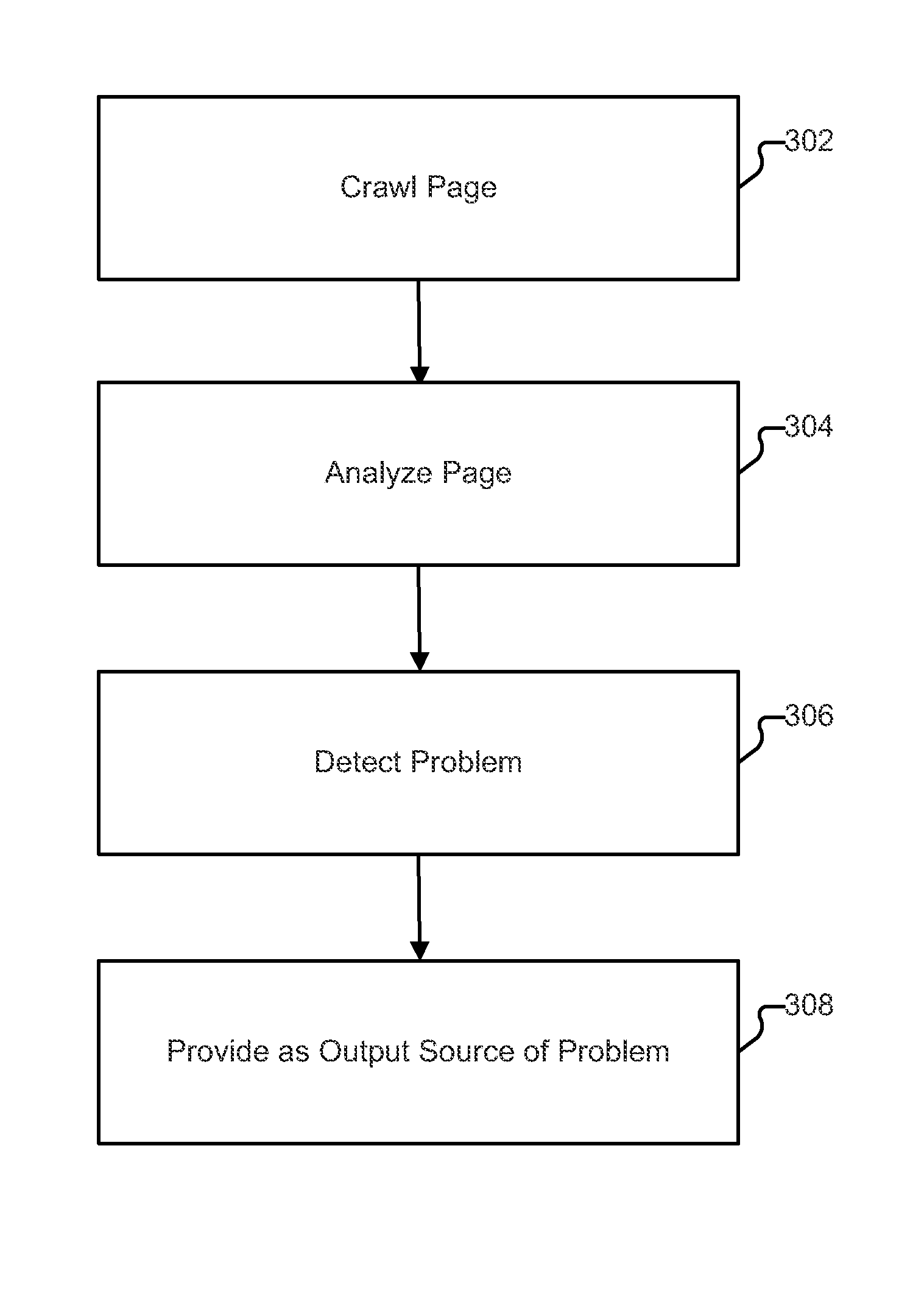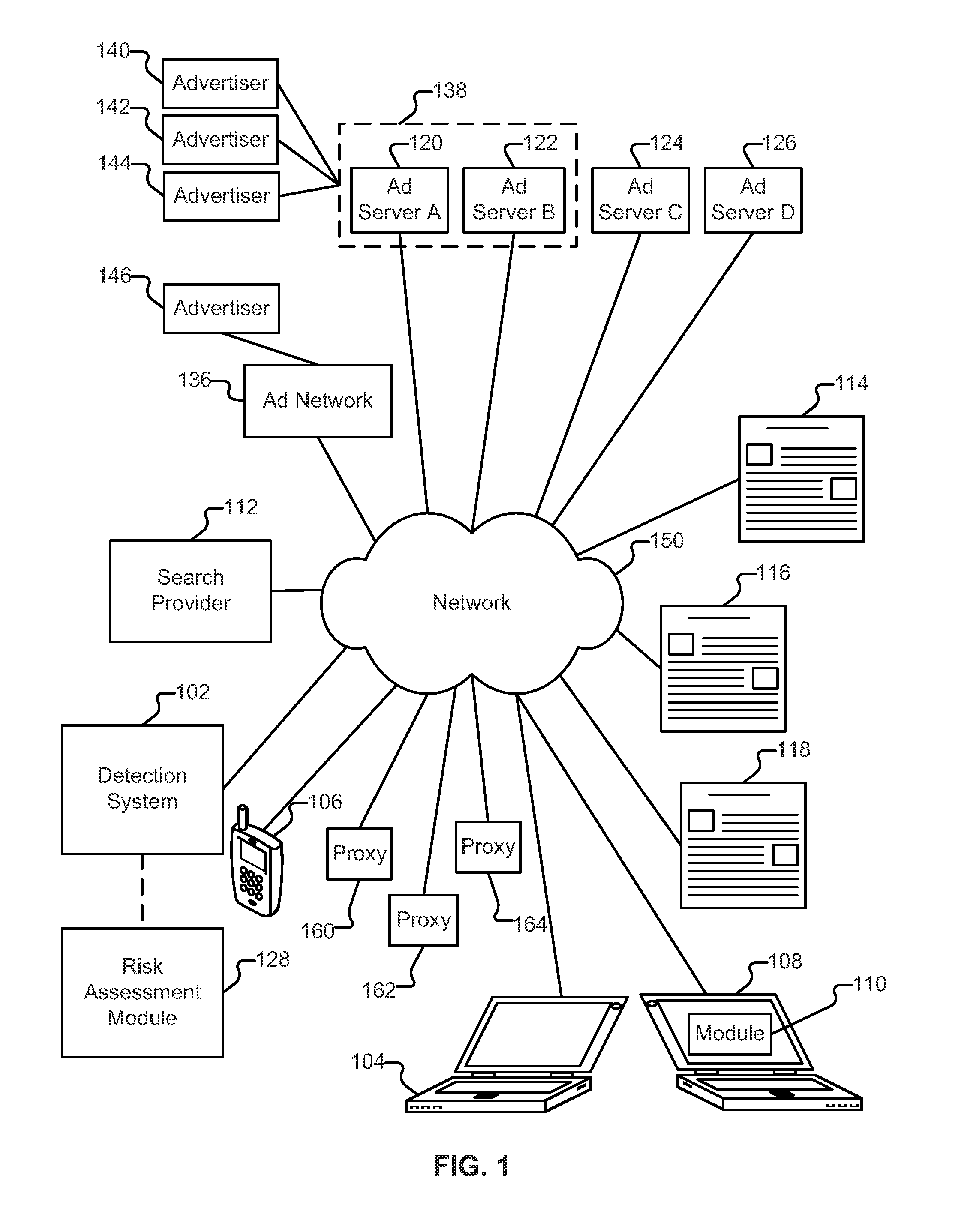Adaptive scanning
a scanning and adaptive technology, applied in the field of adaptive scanning, can solve the problems of wasting resources, visitors' client devices may be exposed to unauthorized (and often malicious) programs/modifications, and visitors may be exposed to malwar
- Summary
- Abstract
- Description
- Claims
- Application Information
AI Technical Summary
Benefits of technology
Problems solved by technology
Method used
Image
Examples
example database
[0121 Schema
[0122]FIG. 12 illustrates an example of database schema. In some embodiments the schema shown in FIG. 12 is employed by database 202. In the example shown, MOD_INSTANCE (1202) is a table that tracks each of the modules installed on webservers such as site 114. “webserver_url” is the base URL of the webserver to which quarantine instructions are sent. “crawler_standing_set_id” is a foreign key reference to a table used to keep track of sites that are monitored (e.g., 114-118). “user_id” is a foreign key reference to an administrator associated with a particular module instance. “shared_key” is a unique key generated to authenticate communications between a module and system 102. “active” (‘Y’ or ‘N,’ designates whether or not the module is active). “mod_type” indicates the level of service to be provided, such as “premium” or “basic.”“mod_server_type” indicates the type of web server software the module is being used in conjunction with (such as “Apache” or “IIS”).
[0123]M...
PUM
 Login to View More
Login to View More Abstract
Description
Claims
Application Information
 Login to View More
Login to View More - R&D
- Intellectual Property
- Life Sciences
- Materials
- Tech Scout
- Unparalleled Data Quality
- Higher Quality Content
- 60% Fewer Hallucinations
Browse by: Latest US Patents, China's latest patents, Technical Efficacy Thesaurus, Application Domain, Technology Topic, Popular Technical Reports.
© 2025 PatSnap. All rights reserved.Legal|Privacy policy|Modern Slavery Act Transparency Statement|Sitemap|About US| Contact US: help@patsnap.com



